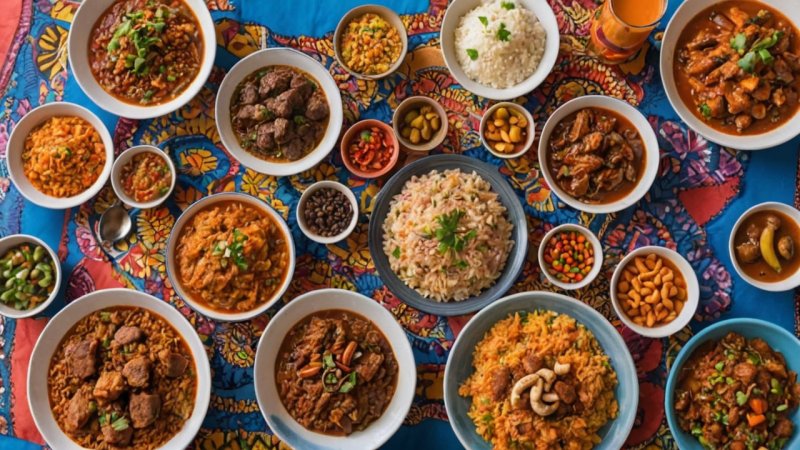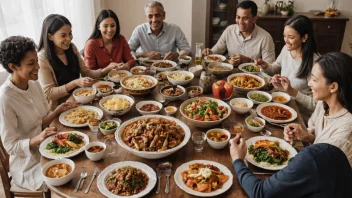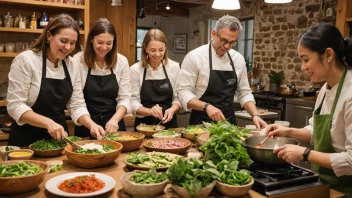West African cuisine is a vibrant tapestry of flavors, ingredients, and cultural influences that reflect the rich history and diverse populations of the region. From spicy stews to staple dishes made from grains and tubers, the culinary landscape of West Africa is as diverse as its people. If you're eager to explore this unique culinary journey, here are some frequently asked questions that will guide you through the flavors of West African cuisine.
What are the staple ingredients in West African cuisine?
West African cuisine features a variety of staple ingredients that are central to many dishes. Common staples include:
- Rice: A crucial base for many meals, often served with stews.
- Yams: A versatile tuber that can be boiled, pounded, or fried.
- Beans: Various types, such as black-eyed peas, are used in numerous recipes.
- Maize: Often ground into flour or used in porridge.
- Groundnuts: Peanuts are a common ingredient in sauces and soups.
What are some popular West African dishes I should try?
When exploring West African cuisine, be sure to try these popular dishes:
- Jollof Rice: A one-pot dish made with rice, tomatoes, onions, and spices, often served with chicken or fish.
- Pounded Yam and Egusi Soup: Pounded yam is served with a rich soup made from melon seeds, vegetables, and meat.
- Suya: Spicy grilled meat skewers, often served with onions and tomatoes.
- Fufu: A starchy side dish made from cassava or yams, often served with soups and stews.
- Groundnut Stew: A rich and creamy stew made with peanuts, vegetables, and meat or fish.
How is West African cuisine influenced by its culture and history?
West African cuisine is deeply influenced by the region's culture and history. The transatlantic trade, migration, and the presence of various ethnic groups have all contributed to the culinary diversity. Traditional cooking methods, such as grilling and slow-cooking, are prevalent, and dishes often reflect communal eating practices that are central to West African culture.
What are some unique cooking methods used in West African cuisine?
West African cooking employs several unique methods that enhance the flavors of dishes:
- Frying: Many dishes, particularly snacks, are deep-fried, creating crispy textures.
- Smoking: Fish and meats are often smoked for added flavor and preservation.
- Steaming: This is common for dishes like moi moi (bean pudding) and vegetables.
- One-pot cooking: Many meals, such as Jollof rice, are prepared in a single pot, allowing flavors to meld beautifully.
Are there any specific regional variations in West African cuisine?
Yes, West African cuisine varies significantly by region. For example:
- In Nigeria: Dishes tend to be spicier with a strong emphasis on stews and soups.
- In Ghana: The focus is on rice dishes and stews with a milder flavor profile.
- In Senegal: Seafood and rice dishes are prevalent, with unique flavors from local herbs and spices.
How can I experience West African cuisine if I am not in West Africa?
If you're not in West Africa, you can still experience the flavors by:
- Visiting local West African restaurants or eateries.
- Attending cultural festivals that feature West African food.
- Trying your hand at cooking by following authentic recipes available online.






